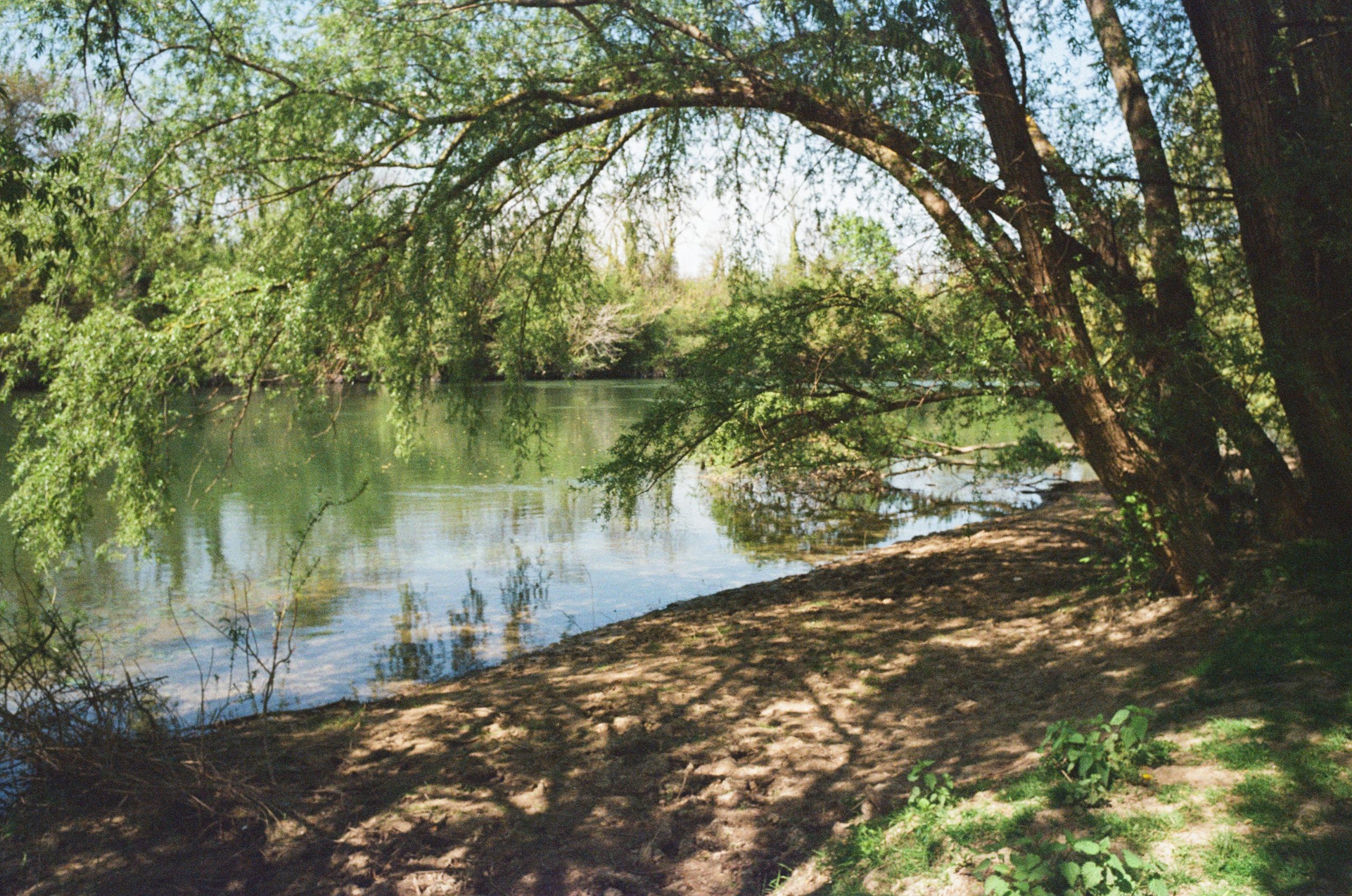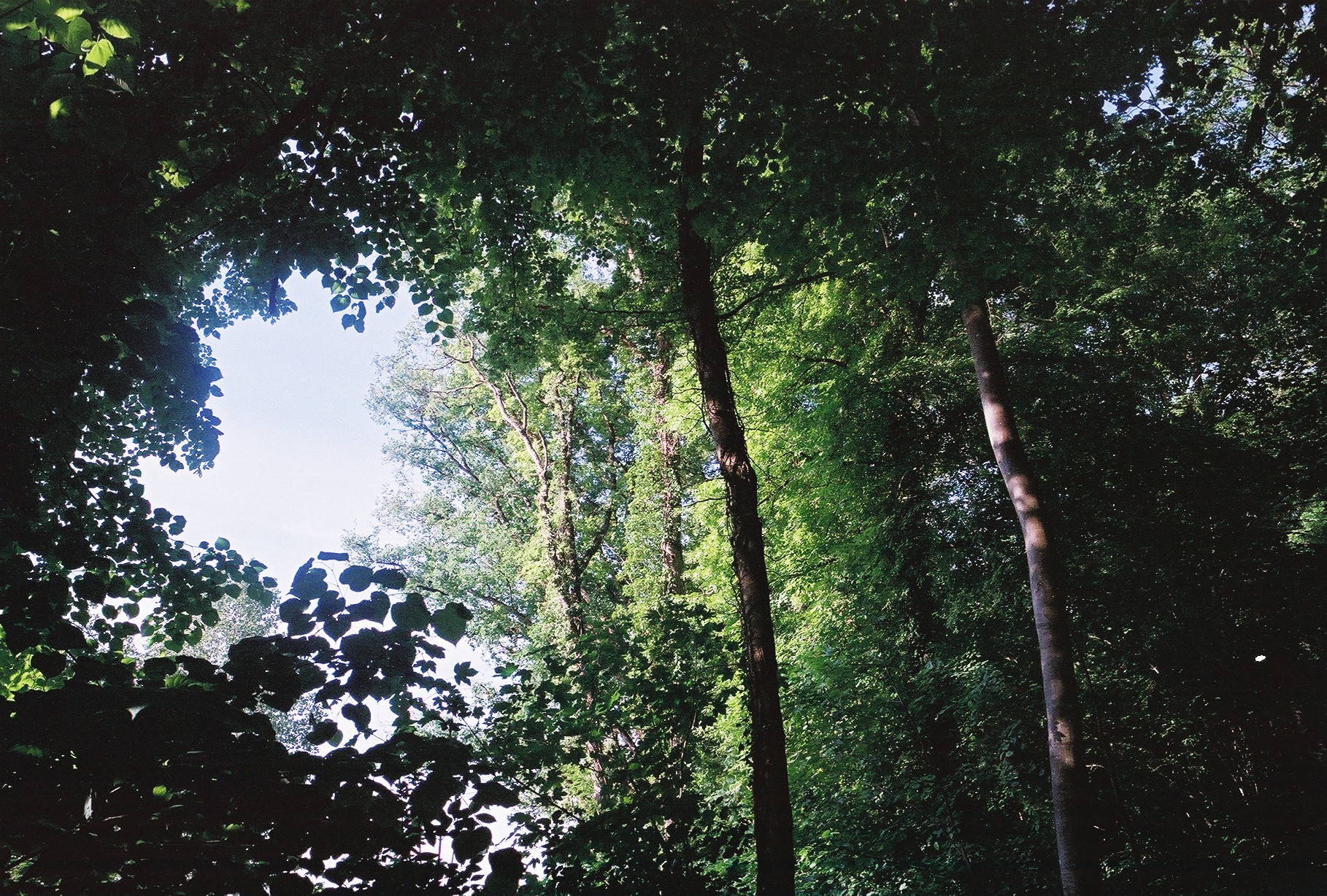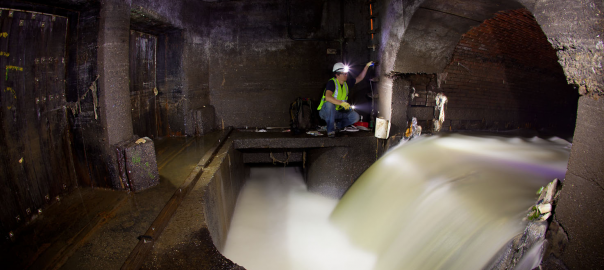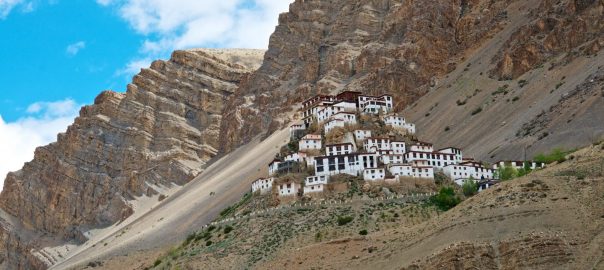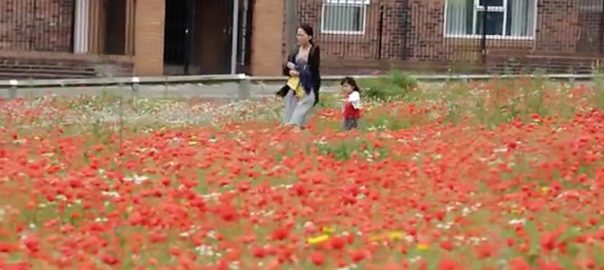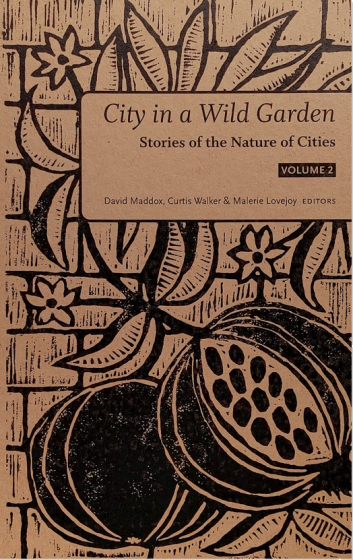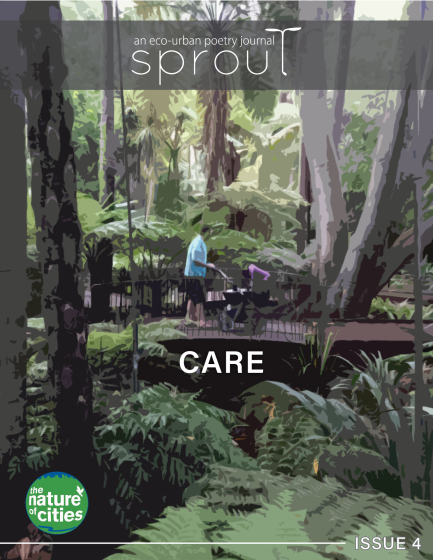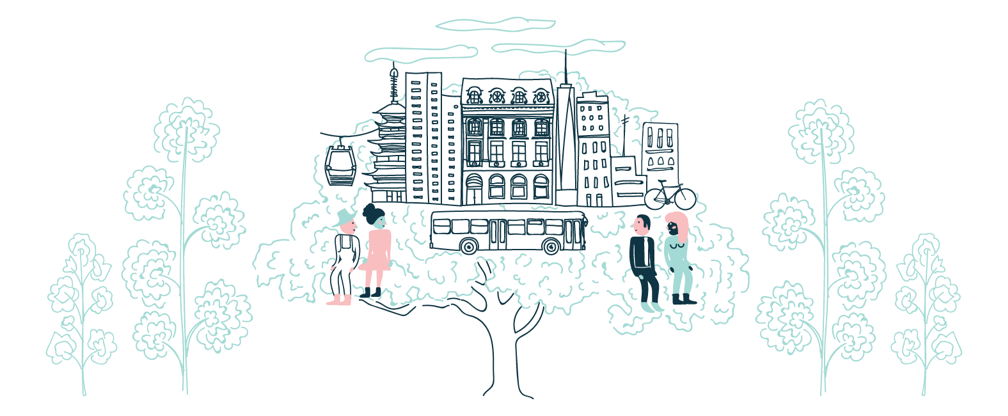ESSAYS | POINTS OF VIEW
-

Tranquil City’s Guidebook to City Greening: The mission to ensure urban greening research is accessible for all
Having grown up on a farm, the presence of nature was something I took for granted before transitioning to city living. Sitting back in the comfort of the…
-

The Summer Itself
When I stepped down to the creek, I left swirling dots of light in my wake. I crossed through the vegetation on the riverbank, which below gave way…
-
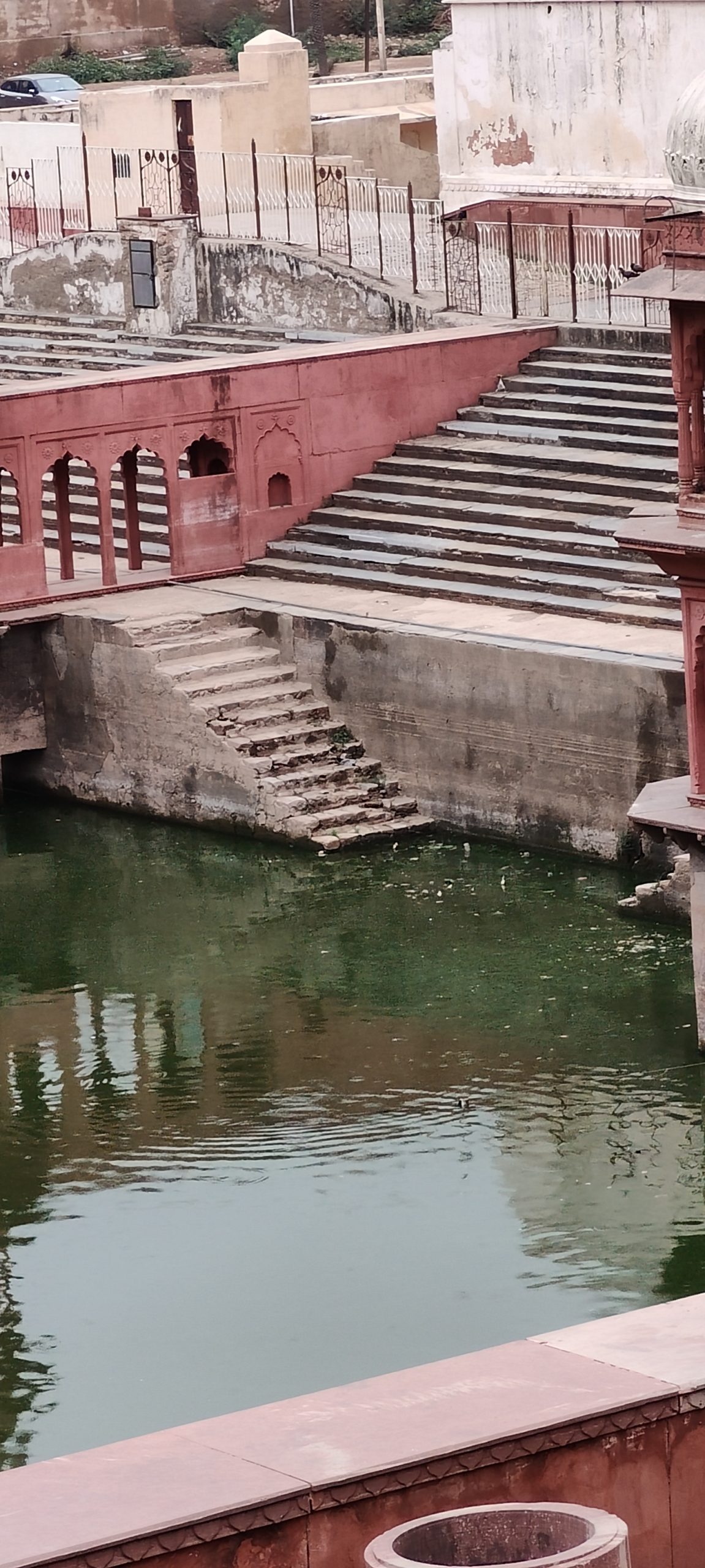
Dust, Water, Memory: Listening to Alwar’s Forgotten Wells
Some places don’t shout. They don’t demand attention. Instead, they sit quietly, holding stories in the stillness of their steps, waiting for someone to ask. In the Indian…
TNOC’S MISSION
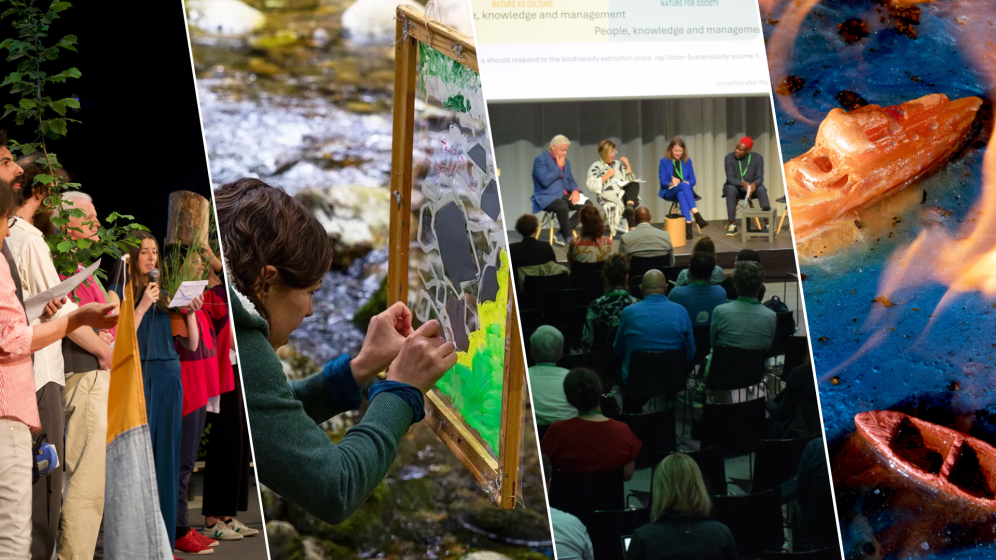
Cities and communities that are better for nature and all people, through transdisciplinary dialogue and collaboration.
We combine art, science, and practice in innovative and publicly available engagements for knowledge-driven, imaginative, and just green city making.
search tnoc
ROUNDTABLES | GLOBAL DISCUSSIONS
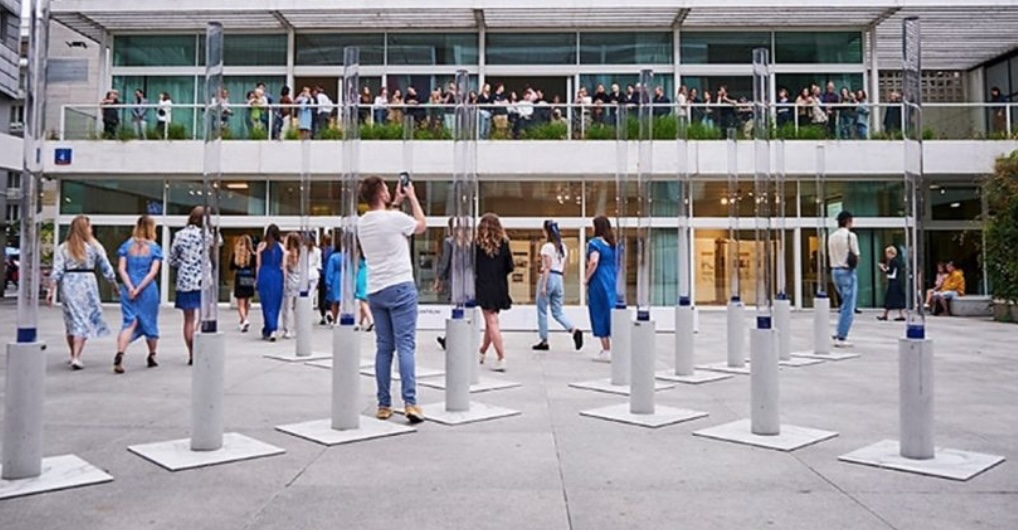
SUPPORT BETTER CITIES,
JOIN OUR NETWORK OF DONORS…
PROJECTS | ART, SCIENCE & ACTION, TOGETHER
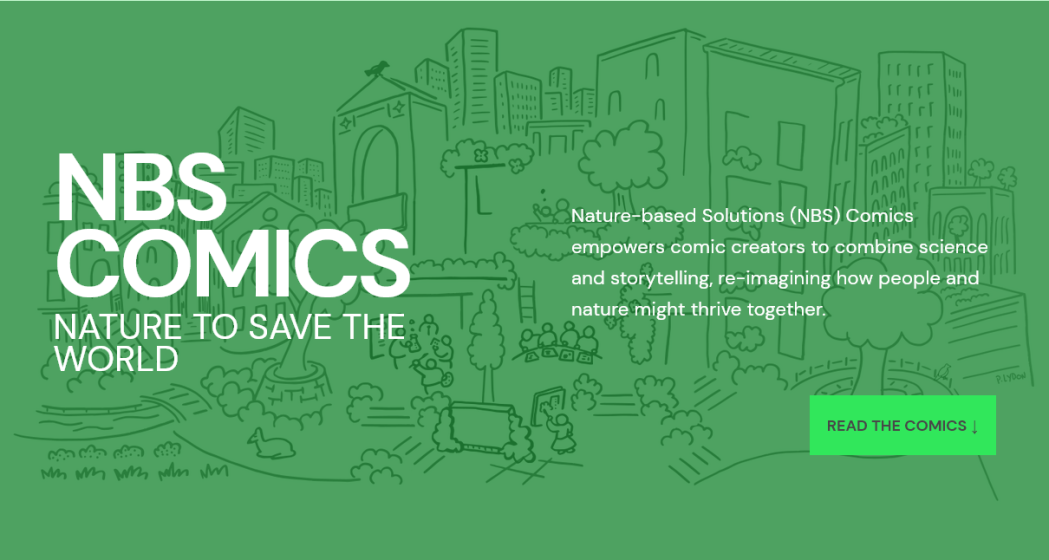
NBS COMICS: NATURE TO SAVE THE WORLD
26 Visions for Urban Equity, Inclusion and Opportunity
Now a global project with over ONE MILLION readers, we invite comic creators from all over the world to combine science and storytelling with nature-based solutions (NBS).
JOIN THOUSANDS OF READERS
AROUND THE WORLD…
MORE TNOC PROJECTS | ART, SCIENCE & SOCIAL JUSTICE
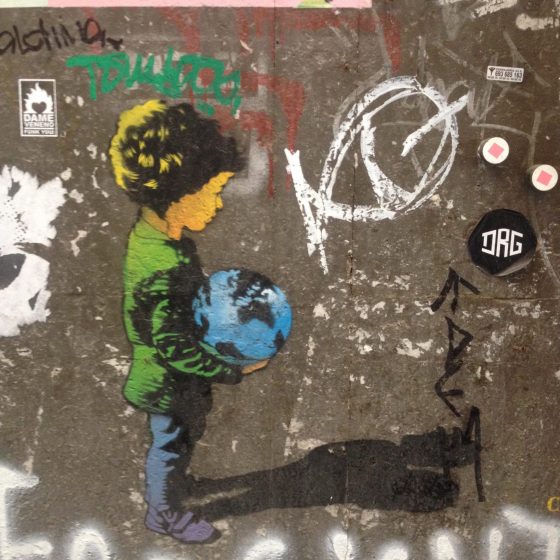
THE NATURE OF GRAFFITI
This is the nature of graffiti. It facilitates speech. It speaks to us. It stakes claims and makes statements. It tells stories.
The Nature of Cities hosts a public gallery about the graffiti and street art that motivates us in public places.

the roots of cool
As the world warms up, how are you thinking about the role that trees and shade can play in making your city or region livable?
Read and listen to the stories in this global collaboration between The Nature of cities & Descanso Gardens.



